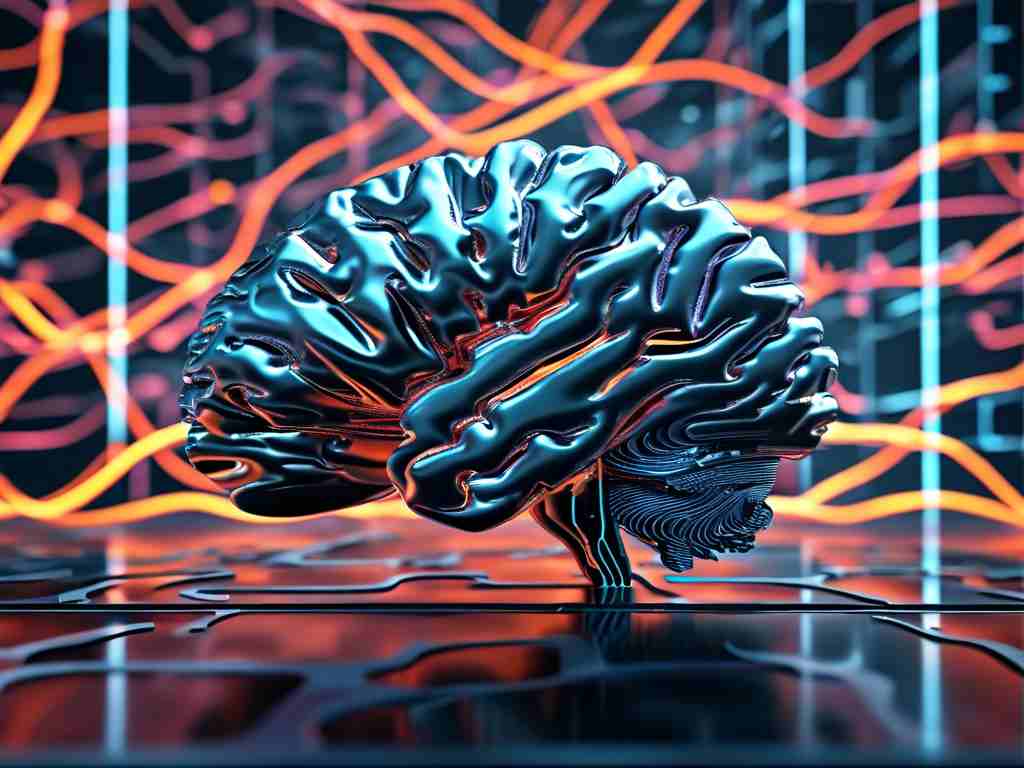The evolution of artificial intelligence has been profoundly shaped by the development of multilayer neural networks, a computational framework that mimics the human brain's hierarchical information processing. Unlike traditional single-layer perceptrons, these sophisticated architectures contain multiple hidden layers between input and output nodes, enabling machines to learn abstract patterns from raw data through progressive feature extraction.

At the core of multilayer networks lies their ability to transform simple correlations into complex representations. For instance, in image recognition tasks, initial layers might detect edges and textures, while deeper layers assemble these elements into recognizable shapes like facial features or vehicle components. This layered approach has become fundamental to modern applications ranging from natural language translation to medical diagnosis systems.
Recent implementations leverage activation functions like ReLU (Rectified Linear Unit) to address vanishing gradient challenges in deep networks. When combined with backpropagation algorithms, these functions allow effective weight adjustments across dozens of layers. The AlexNet model's 2012 breakthrough in ImageNet classification demonstrated this potential, using five convolutional layers to achieve unprecedented accuracy.
However, building effective multilayer systems requires addressing critical design considerations. Network depth must balance computational efficiency with learning capacity – while 152-layer ResNets excel in visual tasks, shallower networks often suffice for simpler pattern recognition. Techniques like dropout regularization and batch normalization have emerged to prevent overfitting in deep architectures, particularly when training data is limited.
Practical applications showcase multilayer networks' versatility. In autonomous vehicles, convolutional neural networks process camera inputs through 15+ layers to identify pedestrians and traffic signs. Financial institutions employ recurrent neural network variants with memory cells to detect fraudulent transaction patterns across time-series data. These implementations consistently outperform traditional machine learning models in handling high-dimensional, nonlinear relationships.
Emerging research focuses on optimizing layer interactions. Capsule networks introduce dynamic routing mechanisms between layers to better preserve spatial hierarchies, while neural architecture search (NAS) algorithms automate layer configuration based on specific datasets. Such innovations are pushing performance boundaries – Google's BERT model, with 24 transformer layers, achieves human-level comprehension in language tasks through self-attention mechanisms.
Despite their advantages, multilayer networks present deployment challenges. Training deep architectures demands substantial computational resources, often requiring GPU clusters for weeks. Model interpretability remains another hurdle, as the distributed representations across layers resist straightforward explanation. Researchers are developing visualization tools like activation atlases to demystify these "black box" systems without compromising performance.
The future trajectory points toward specialized multilayer designs. Neuromorphic computing architectures aim to emulate biological neural structures more faithfully, potentially reducing energy consumption. Hybrid models combining convolutional and attention layers show promise in multimodal tasks like video captioning. As quantum computing matures, multilayer networks may leverage quantum entanglement effects to process information in fundamentally new ways.
From technical implementation to real-world impact, multilayer neural networks continue redefining artificial intelligence's capabilities. Their layered abstraction paradigm not only drives current AI advancements but also provides a framework for developing more adaptive, efficient learning systems. As organizations across industries adopt these technologies, understanding their architectural principles becomes crucial for shaping ethical and effective AI solutions.









